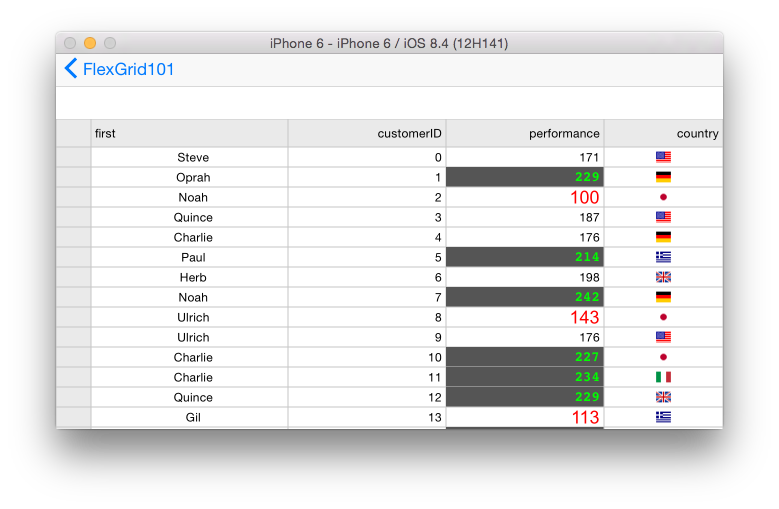
The values describe the wavelengths in which a fluorophore absorbs light at a high energy wavelength and emits light at a lower energy wavelength. Some key concepts to have in consideration about fluorophores are:Īlthough this is a very simple concept, it will have an impact on which fluorescent tag or combination of fluorophores you might want to use for your experiment and might be limited by the specifications in your instrument. Researchers need to choose the optimal fluorophore for their experimental organism and experimental conditions. Lineage tracing, activation of cell signalling pathways, cell-cell interactions, or organelle structure and activity are some examples. Fluorescent proteins can be used to study a great variety of cellular processes in real time. The identification of multiple fluorescent proteins opened new possibilities for researchers studying (albeit not limited) mammalian cells. Despite originating in different organisms and having distinct fluorescent properties, GFP, DsRed and other fluorescent proteins, have the same structure where a chromophore is encaged within a β-barrel structure. Further modifications of the DsRed sequence structure resulted in the widely used RFP, tdTomato and mCherry. and as its name indicates, it has a fluorescence in the red-light spectrum. In this case, the fluorophore was identified in the coral Discosoma sp 3. The research carried out by Sergey Lukyanov identified a different fluorescent protein: DsRed. The discovery of GFP in jellyfish also inspired the search for new bioluminescent proteins in alternative organisms. Further mutations in the chromophore structure resulted in the generation of proteins emitting cyan, blue, or yellow fluorescence. The enhanced GFP (EGFP) originates from a point mutation (F64L) which increases its folding efficiency at 37 ✬ 2. By changing just one amino acid (S65T), Tsien and colleagues were able to generate a more stable and brighter GFP variant. The chromophore is situated at the centre of the barrel, which protects it from quenchers.ĭeciphering the sequence and structure of GFP allowed researchers to introduce modifications that altered the protein. The crystal structure showed that the protein takes a characteristic shape of β-sheet-barrel. The only requirement is the presence of oxygen. Remarkably, GFP can fold and be fluorescent without the need of exogenous cofactors.


elegans leading to a better understanding of the structure and function of GFP. Once the coding sequence of the GFP gene was identified, researchers were able to express the protein in E. victoria, aequorin emits blue light which excites GFP giving the overall green glow to the jellyfish 1. The second protein was the now widely known green fluorescent protein (GFP). Two fluorescent proteins were identified in this study: the first, named aequorin, exhibited a blue glow in the presence of Ca 2+ ions. In 1962, Osamu Shimomura published his work studying the bioluminescent jellyfish Aequorea victoria. We can find examples of light-emitting organisms in multiple taxa: from single cell organisms like bacteria, to vertebrates like fish.ĭespite knowing of the existence of bioluminescent organisms for a long time, it wasn’t until the 1960s that their unique characteristics were studied. These proteins were observed first in bioluminescent organisms known to humanity for centuries.

Fluorescent proteins have the property of absorbing light at one wavelength and emit light in a longer wavelength.


 0 kommentar(er)
0 kommentar(er)
